You may have seen giraffes pictured in the wild, as they are herbivores you may wonder what predates them. So in this article, we’re going through what eats giraffes.
Giraffes are mostly hunted and eaten by lions, hyenas, leopards, wild dogs, and crocodiles. They also face threats from insects and parasites that cause disease. Young, unwell, pregnant, or injured giraffes are mostly targeted. Only when food is rare or there is no option, adult giraffes are eaten.
Given their size, you would probably think it’s quite difficult that giraffes are hunted and eaten by anything. But, giraffes do indeed have predators just like any other animal in the animal kingdom.
In fact, around 75% of giraffes do not make it to adulthood due to predation. But those that do become adults can expect to live for 25 years or more.
The way giraffes are preyed upon involves some interesting strategies which we’ll get on to shortly
Due to the sheer height and length of giraffes, their deadly kicks can injure, or kill an attacker in one hit. This narrows down the number of predators that are willing or able to accept the risk.
So let’s get into a bit more detail on what eats a giraffe, starting with what eats an adult giraffe, before moving on to younger giraffes.
What eats giraffes
When it comes to adult giraffes there are fewer deaths through predation than with younger giraffes, again due to the size, power, and defense differences. here’s the list of what eats a giraffe.
Lions eat giraffes
Lions are a primary predator of giraffes. They are potentially the only animal capable of truly preying on an adult giraffe with a higher success rate.
I wrote an entire article that goes into more detail about why, when, and how lions hunt giraffes.
Hunting down a giraffe is an extremely risky process, even for a larger than average pride of lions. So lions usually choose their prey wisely to avoid injury or wasted energy.
Lions, therefore, will only prey on adult giraffes if they are desperate for food and if the odds are in their favor. Do lions eat each other when food is short? Find out with do lions eat lions.
When targetting giraffes, they will seek to target the old, weak, exhausted, sick, disabled, or pregnant.
Giraffes that are already suffering, afford the lions a greater set of odds for a positive outcome. As the target giraffe will offer less of a defense.
Where improved odds are not possible …and if the Lions are desperate for food, then they may opt for healthy adults – taking the risks into account.
Here’s a full list of what lions eat. But it’s just not the kings of the jungle that threatens a giraffe’s life.
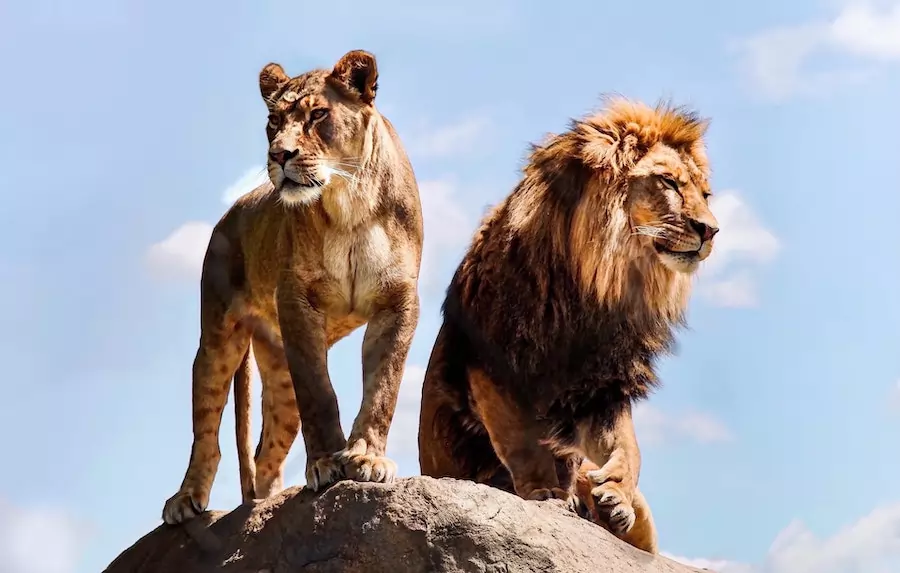
Hyenas eat giraffes
Hyenas are generally known to be scavengers. Eating on the carcasses and leftovers of animals that have already been killed. So hyenas would not generally choose to hunt if they can scavenge and steal food.
But if required to, then they would find other prey first, rather than take on a giraffe. Here’s a complete list of what hyenas eat.
Giraffes are relatively fast animals when they run at full speed, reaching speeds of 37mph. However, a hyenas top speed is around 40mph.
If the giraffe is a sufficient distance ahead of the hyenas and can maintain its top speed for long enough, then it may be able to outpace the hyenas. Hyenas will be discouraged to engage in a lengthy chase given that they still also need to bring down the giraffe at the end of it.
If the giraffe is closer and slow, then they may be more susceptible to attacks from a pack of hyenas. Assuming the hyenas want to take on a giraffe.
Hyenas are able to prey on giraffes with some degree of success, partly through numbers, as they often travel around in packs, but also through attrition, because they can be relentless in probing and attacking the giraffe from all angles.
If they’re able to injure or tire out the giraffe in some way, and if the giraffe does not have support from other giraffes, then hyenas are likely to eventually bring it down.
But the risks are high, a single kick from a giraffe delivered in the right place can kill instantly.
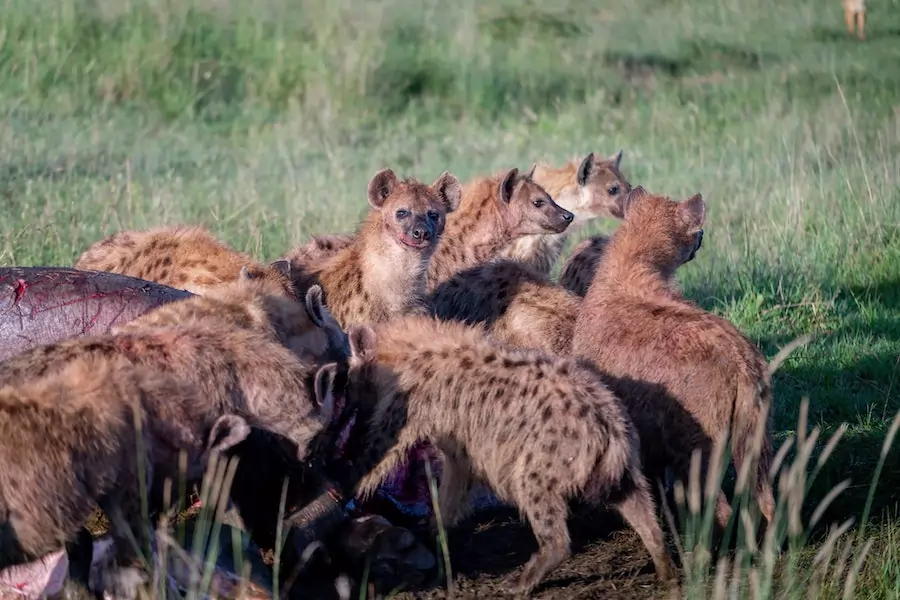
Leopards eat giraffes
Given a chance, and if a leopard were hungry enough, they may try to bring down a giraffe.
However, as they mostly work as lone predators, leopards would rarely succeed, and the risks of injury could mean the outcome could be fatal for them. When hunting in pairs it could be more possible.
Even when they do hunt in pairs, they would only attack if the odds were favorable and/or if they were desperate for food.
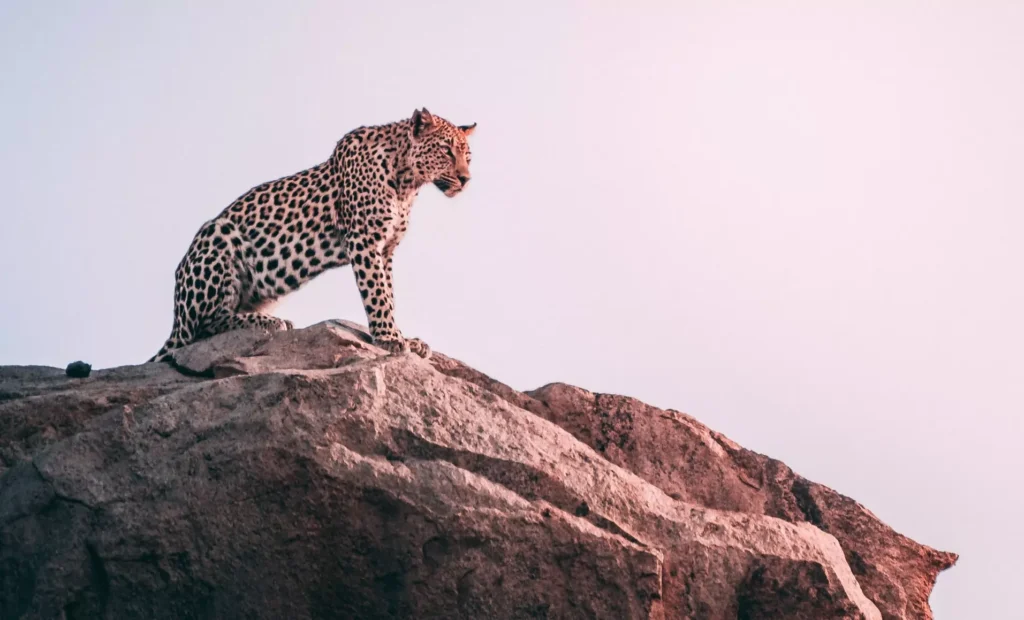
Crocodiles eat giraffes
The scenario for crocodiles is different than for those of other predators. They can launch their attack as an ambush, and in their own environment of water.
Giraffes are at their most susceptible to attack when drinking water. Reaching down to drink means their neck and head are more prone to sudden attacks from predators.
A crocodile can strike a giraffe drinking water, and through sheer weight, it can drag it into the water where it will perform the renowned “death roll”. Regardless of the size of the giraffe, this technique generally incapacitates the animals by twisting and tearing limbs.
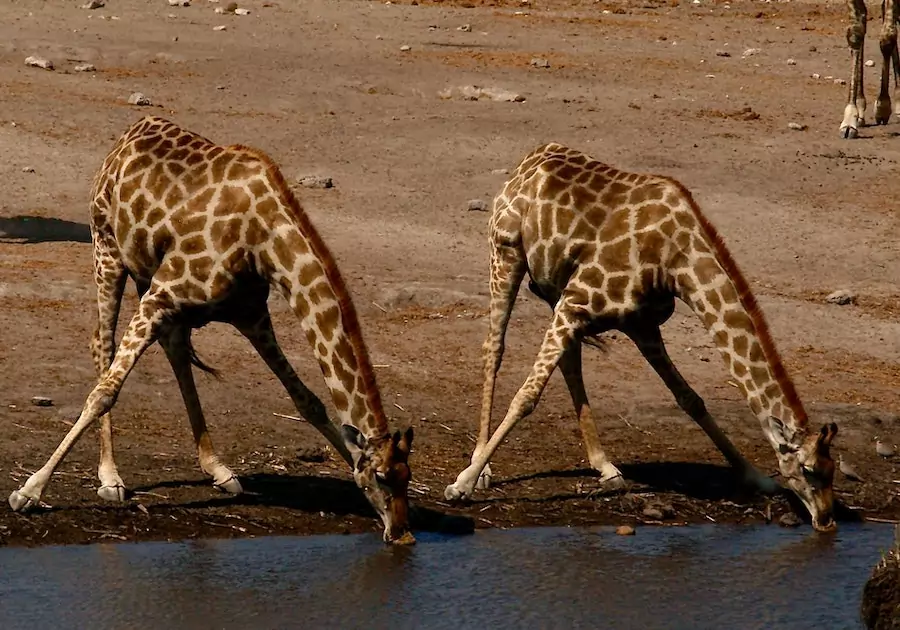
Wild dogs eat giraffes
Despite being smaller in size than hyenas, and certainly lions, wild dogs make up for this in their numbers. A pack of wild dogs can typically number into the low to high teens.
Although predominantly hunters of smaller mammals, and scavengers. The favorable aspect for dogs is their ability to hunt over long distances. As we all know, dogs are able to maintain a pace over a long distance. Meaning they could chase down a giraffe to exhaustion if they chose to.
However, while they may be able to hunt a giraffe to the point of exhaustion, taking it down is another matter.
Wild dogs lack the same body power that lions and hyenas can bring to the fight. So unless they can maintain a relentless probing of the giraffe’s defenses they are unlikely to succeed, and success is indeed rare.
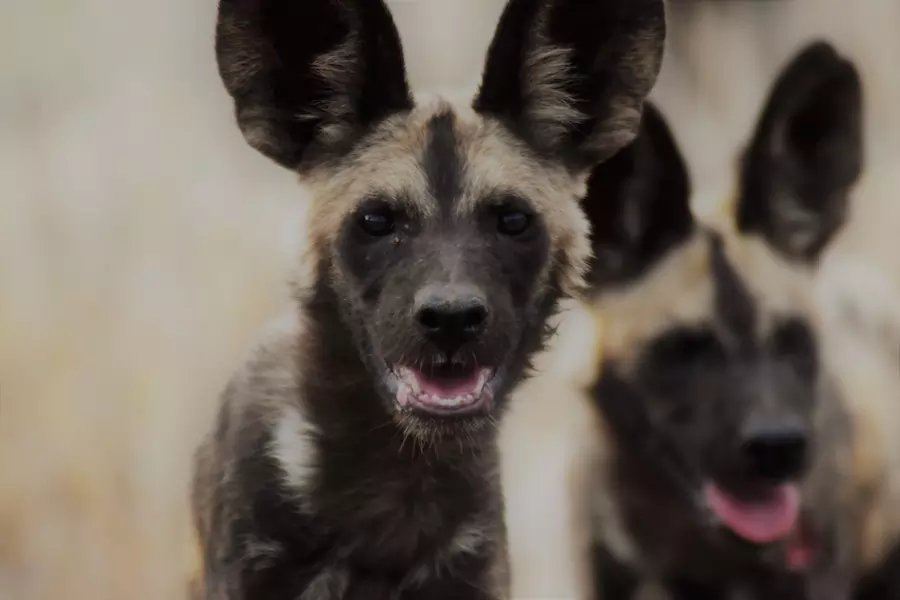
Small creatures eat giraffes
To ensure we list all the animals that will eat a giraffe, we need to include smaller organisms too. Like all animals in the wild, giraffes are susceptible to being eaten by parasites.
Sometimes, small creatures like external and internal parasites can cause disease among a group of giraffes (incidentally, a group of giraffes is called a tower of giraffes).
These kinds of attacks are difficult to avoid, or fend off, and can greatly affect their quality of life, in turn, this affects their life expectancy, as it often leads to fatal conditions.
When it comes to external parasites there are around 15 types of ticks and larvae that are strongly associated with causing diseases in Giraffes.
The Taenia solium and the human whipworm (Trichuris trichiura) are typical types of internal parasites that pose disease threats to giraffes.
Anthrax and the now irradicated rinderpest are the two more uncommon types of diseases that affect giraffes, but when an epizootic affects a giraffe population, there is a high potential for giraffes to become temporarily blind and even die – or become more prone to predators.
What eats giraffes – Other animals that consume giraffes
There are of course other animals that eat giraffes, but this does not mean they will be able to take them down.
There are numerous scavengers that will take advantage of a fallen giraffe once it has died or become incapacitated. These include vultures and other birds that would scavenger such as birds of prey and even crows, plus rats and other rodents.
What eats a young giraffe?
Lions, leopards, wild dogs, and hyenas are the main predators that target, hunt and eat a young giraffe. Apart from these, other wild carnivores in the African savannah may also prey on young giraffes, when their parents are out of sight.
It’s believed that approximately 75% of all young giraffes don’t make it to adulthood as a result of being preyed upon, and this sadly also makes it one of the highest mortality rates in the animal kingdom.
Young giraffes naturally need more rest in their early stages of life than adults. So they spend nearly half of their first couple of weeks lying down and resting.
They really have no defense mechanism, and due to their shorter height and size, this makes them easier to target.
Not only that, but as with any newborn animals, they don’t have the necessary strength to fight against an attacking predator.
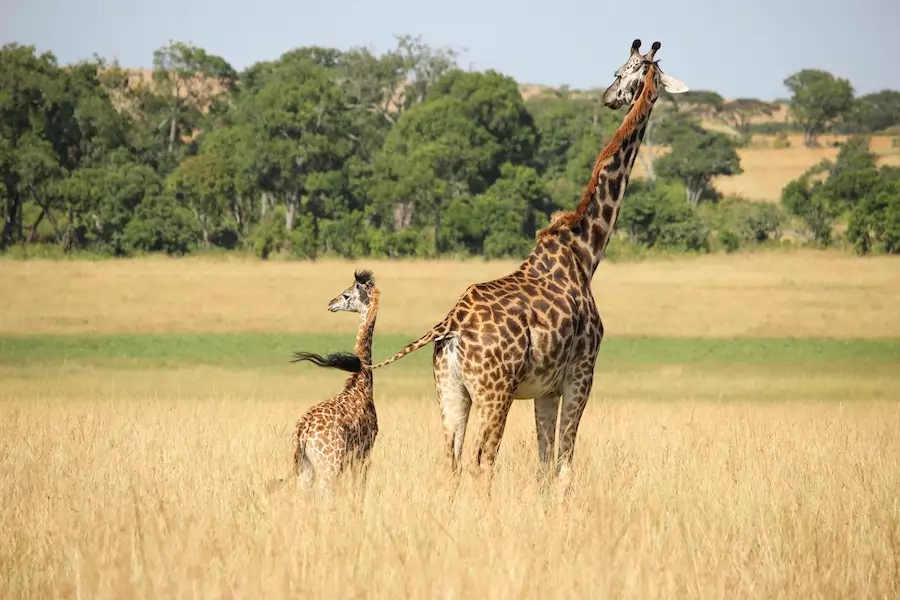
How do predators eat giraffes?
The typical preying mechanism lions and leopards adopt includes choking giraffes by the throat. this is a target area when attacking most prey.
During initial attacks, they target the giraffe’s legs, with the aim of tangling them and bringing them down to their knees.
As mentioned earlier, some predators target giraffes when drinking water so that their necks are at ground level. Once brought to the ground, lions, hyenas, and wild dogs will often start eating even before the giraffe is dead.
Because lions, hyenas, and wild dogs mainly hunt in groups, it gives them a greater advantage in defeating giraffes, but a single giraffe is still a match for a group of predators.
Giraffe’s defenses against predators
Healthy adult giraffes are less vulnerable to being killed by predators due to five main reasons:
- Being tall makes it hard to target the neck area
- They are very large in size offering strength and power
- Their kicks are deadly, which predators fear
- They can run fast so it’s hard for some predators to maintain the hunt
- Because of their height, they have excellent vision, which helps them to react and escape just in time.
Sadly, giraffe offspring are the main targets the majority of the time. So they rely on a camouflaging strategy to escape from predators. They also grow tall in a short period, after which their chances of being targeted by predators become less.
Giraffes are considered the guards, or sentinels of the herbivore species across the African savannah. Because of their height and good vision, they are better equipped to warn other species like zebra and deer of approaching predator attacks, so they can escape too.
What eats giraffes – To close
I hope this has provided some help on what eats giraffes. Be sure to check out further articles on Ranger Planet for more interesting wildlife facts.
